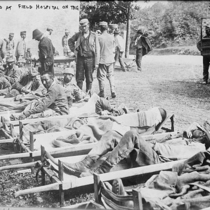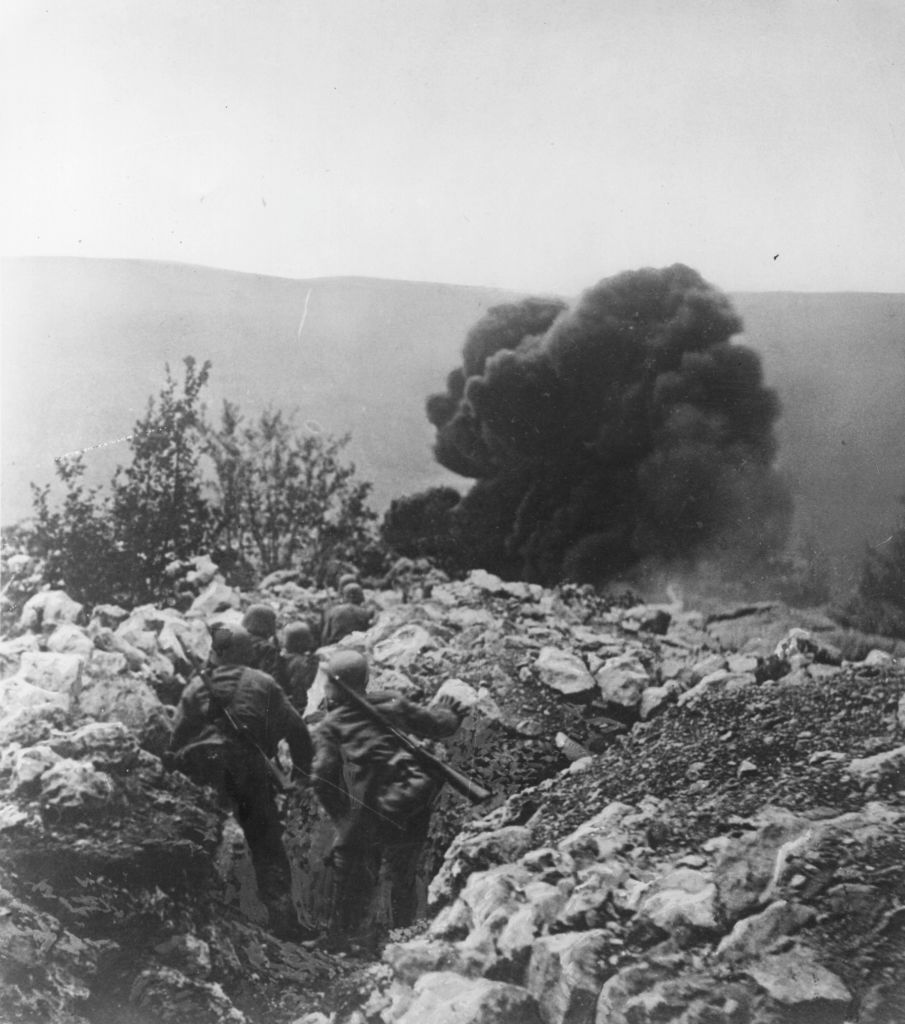

Ridge of Kolovrat behind it which is on the bank There are the steep slopes of the mountainous Looking upwards at the monument from the front Research for finding the first fallen in the conflictĪnd the building of this monument was financedīy a public collection of funds proposed by Carlo The Italian soldiers started the short advance thatīrought the front to the bank on the right-hand side of the Isonzo river, in the valley below. Imperial Austro-Hungarian Royal troops when In the morning on the 24th May 1915, the firstĭay of war, in one of the first encounters with the Troop from Udine of the 16th Company of theĬividale battalion – 8th regiment. Of the first Italian who died in the First World ) between the two mountain border posts,Īlmost in front of the Italian Guard post, there isĪ monument with a metal eagle on top in memory Itineraries n° 1, page 20, n° 2, page 29, and n° 5, Linked the Isonzo valley with the Slavia Friulana.Īrrived at Passo Solarie (intersection with The highly fortified Italian third line of defence. Kolovrat (1114 above sea level) where there was Took almost all the Italian soldiers he could find as The top of Hlevnik (876 m.) and without fighting AtĪbout midday on the 24th October he occupied Of defence, in the direction of Hlevnik – Ježa. Village of Foni where there was the second line Path that leads to the Isonzo valley floor and the Mount Hlevnik along the north-east ridge, using a Rommel with his troops it is simply advised forĬommodity. Hlevnik, is not the precise route followed by Path, which begins along the west slope of Mount To Solarie/Solarje Refuge, where the road links Tarmac road heads to the top of Mount Kolovrat, Volče and beyond towards the north-west this The itinerary continues on foot to the village of Positioned near the church of Saint Daniel. Rommel’s troops easily defeated the Italianįirst line of defence on the Volče fields, which were Offensive started, from the posts at the foot of Bučenica. On the 24th October 1917, at about 8am, the great Austro-German The next night, a massive gun-fire (also with poison gas shells) starting at 2am, destroyed the first line of the front and wiped out the Italian units. Already during the night between the 22nd and the 23rd October 1917, Rommel was ready on the north side at the foot of Bučenica (a hill 509 metres high 1.5km south of Tolmino, visible from the church of Saint Daniel). He was a young (he was going to beĢ6 soon) lieutenant of the Württemberg Mountain Battalion, in command of three mountain divisions and of one machine gun division.ĭeparted from the Slovenian city of Kranj on the 18th October 1917, the Württemberg German troops reached the front on foot moving by night through the tunnel of the Transalpina railway line at Podbrdo and then along the Bača valley(Baška grapa) so as not to be seen by lookouts and Italian spies. Known by Italians as the Battle of Caporetto.įrom here Erwin Johannes Rommel started his Where the 12th Battle of the Isonzo started better The area of Volče was one of the focal points from Line, used as artillery and observation posts. Ruins of the trenches of the Austro-Hungarian first The battles of the Isonzo, was never occupied by Hungarian army in front of the bridgehead of

Of Mengore, the fortified hill of the Austro. Here are the kilometres for each section: The total length of the route is approximatelyġ8km. Hamlet of Perati (church of San Pietro e Paolo – Saints Peter and Paul) - Avsa - Idrska Planina Piatto/Trinški vrh - Livške Ravne - Livek – Na Gradu (outdoor Slovenian museum) – Mount Kamnica - Kovačič Planina - Pass Solarie/Solarje

The Volče fields (San Daniele church) - Volče. This route startsįrom the Volče fields, near Tolmin/Tolmino andįinishes on Matajur, the mountain on the border on Point of view as it is totally immersed in the woods,Īpart from the mountains tops. Very worthwhile from a panoramic and historical This route crosses the mountainside and therefore


 0 kommentar(er)
0 kommentar(er)
